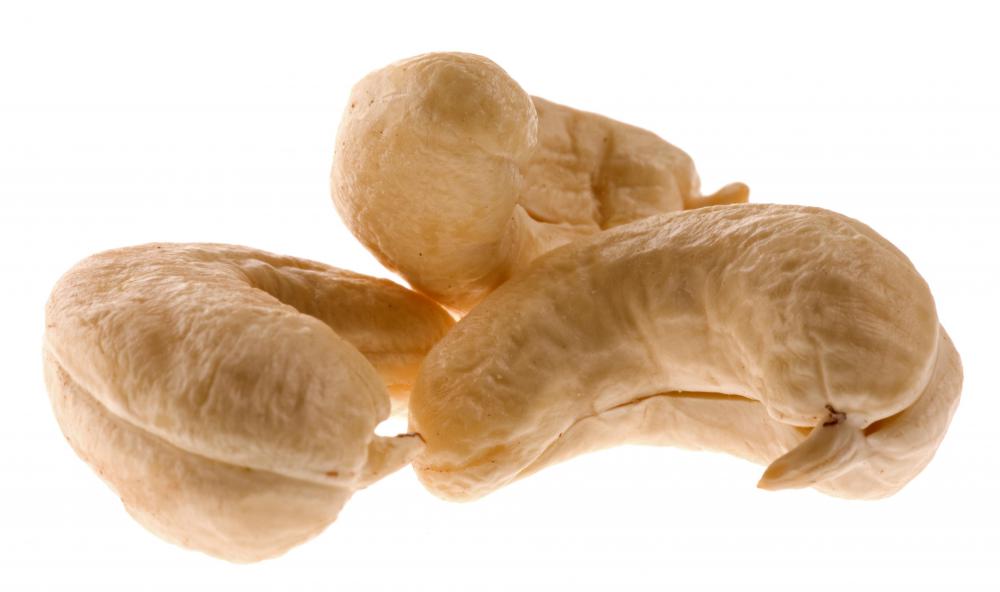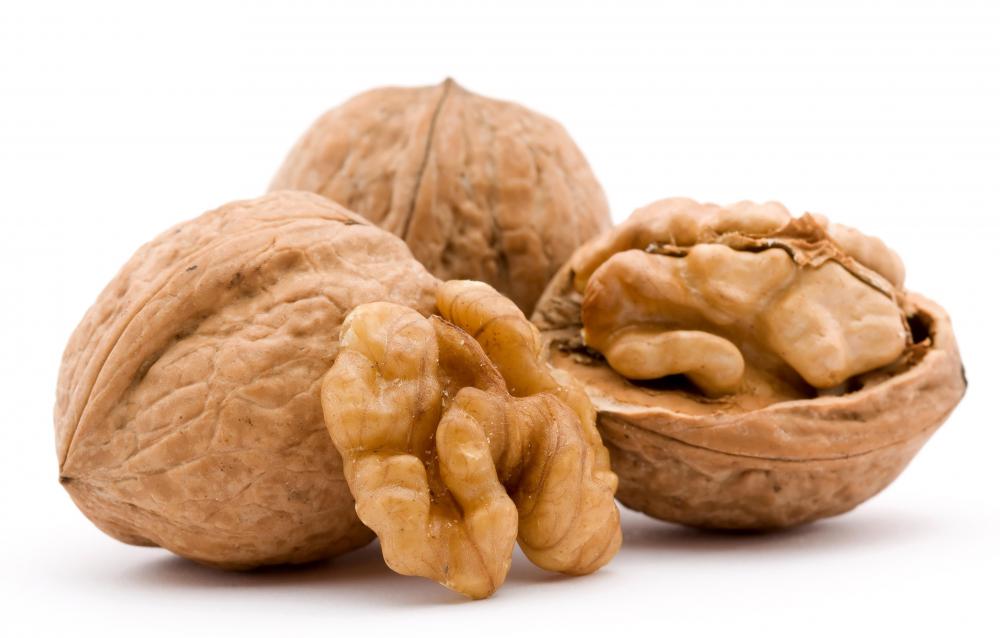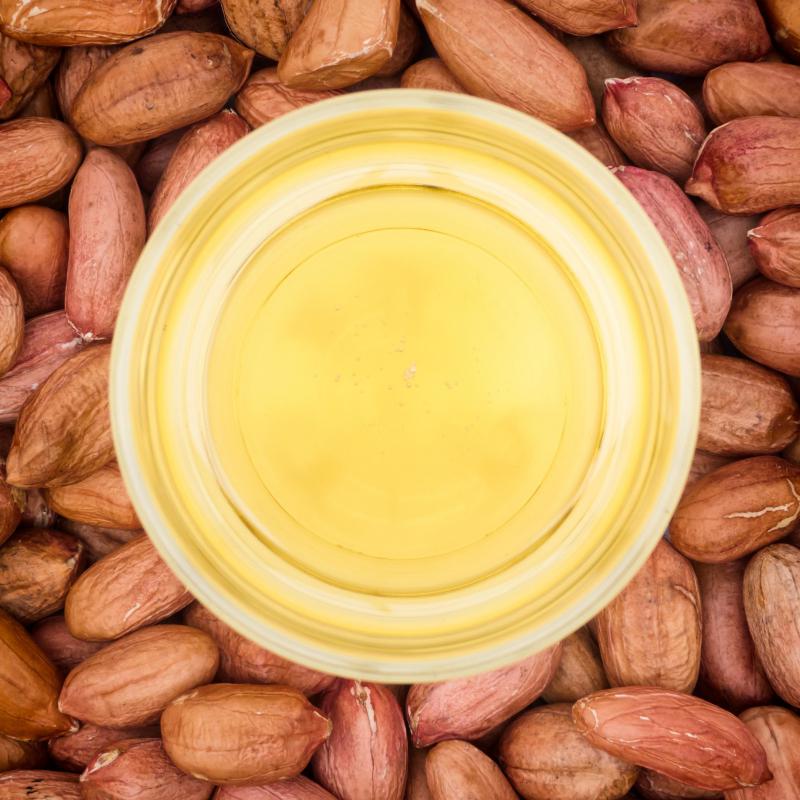Pictures of Different Kinds of Nuts From Trees

A nut is a plant embryo with a hardened shell which is intended to protect it until it matures in a sapling which will later grow into a fully adult plant. The body of a nut tends to be firm to crunchy and very oily, and it happens to be a favorite food of a number of animals. There are a wide assortment of edible nuts all over the world, with many countries having plantations of nut producing trees for the specific purpose of generating nuts for culinary nuts. Nuts can also be harvested in the wild.

Edible nuts have been an important part of the human diet for thousands of years. Because they are protected by a firm outer shell, nuts can be stored for extended periods of time without the risk of going bad. They are also high in protein and an assortment of other vitamins and minerals, depending on the specific nut, making them a great dietary choice. Humans have also cultivated a taste for nuts, ranging from the rich, fatty macadamia nut to the leaner and slightly bitter almond.

The botanical definition of a nut is actually quite strict; a nut must have a woody or stony outer wall, and the seed inside is free or partially fused. In cuisine, however, the term "nut" is much more broad, encompassing legumes like peanuts, drupes such as almonds, and seeds like pine nuts and sunflower seeds. The culinary definition of nut appears to encompass any sort of oily kernel, whether or not the kernel is a true nut.

Almonds, pistachios, coconuts, hazelnuts, pecans, walnuts, pine nuts, chestnuts, Brazil nuts, cashews, beechnuts, and butternuts are all considered edible nuts, whether or not they are true nuts. All of these foods share the trait of rich, oily flesh which can be pressed for oil or eaten out of hand. Some of these nuts need to go through multiple steps of processing before they are released to market; walnuts, for example, are drupes, meaning that they are covered in a leathery shell which is removed to expose the hard shell before the nuts are sent to market.

Allergies to edible nuts are extremely common. Since "nut" in culinary terms is a broad word, it is possible for someone to be allergic to some nuts, but not to others. A peanut allergy, for example, is usually restricted just to peanuts while an allergy to tree nuts like walnuts may suggest that someone is allergic to a range of drupes including almonds and beechnuts. Since the terms of a nut allergy can get confusing, most people who know that they are allergic to nuts avoid edible nuts altogether, since they do not want to risk serious allergic reactions.
Ever since she began contributing to the site several years ago, Mary has embraced the exciting challenge of being a researcher and writer. Mary has a liberal arts degree from Goddard College and spends her free time reading, cooking, and exploring the great outdoors.
You might also Like
Recommended
Readers Also Love

Pictures of Different Kinds of Nuts From Trees
Source: https://www.wise-geek.com/what-are-some-different-kinds-of-edible-nuts.htm
0 Response to "Pictures of Different Kinds of Nuts From Trees"
Post a Comment